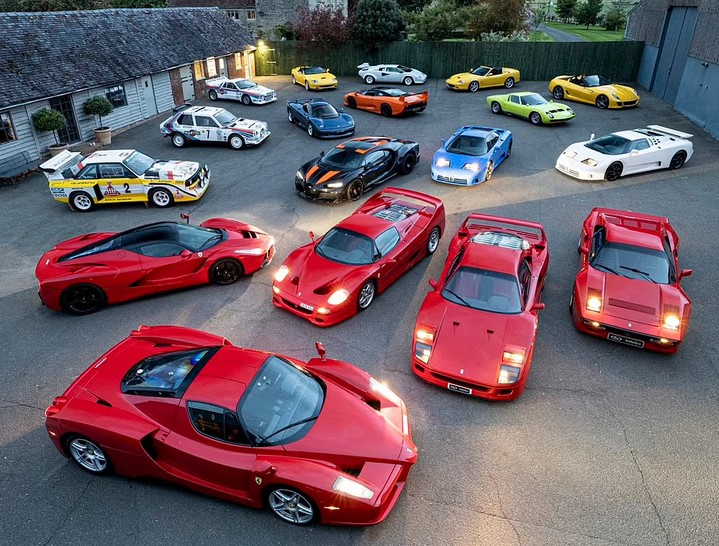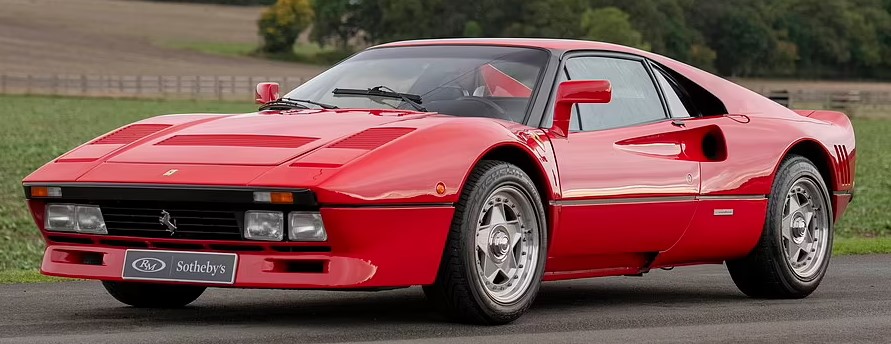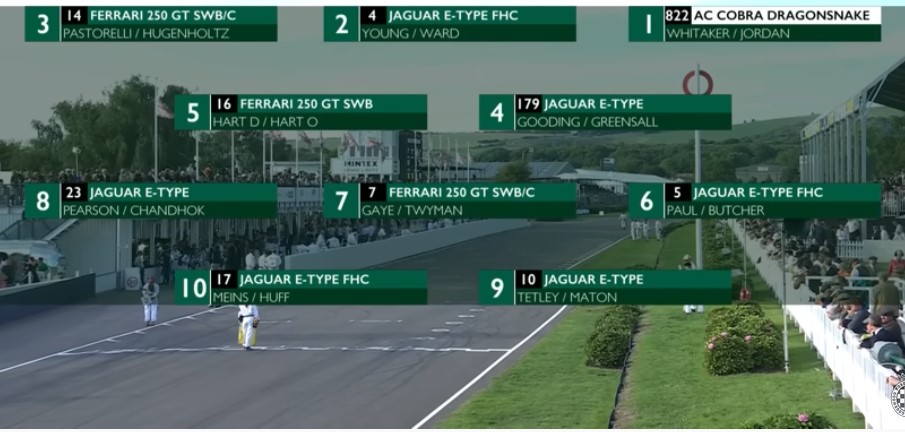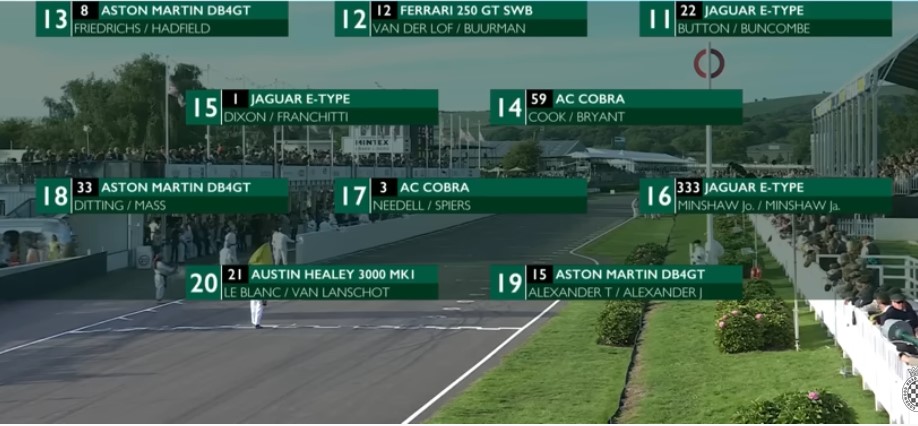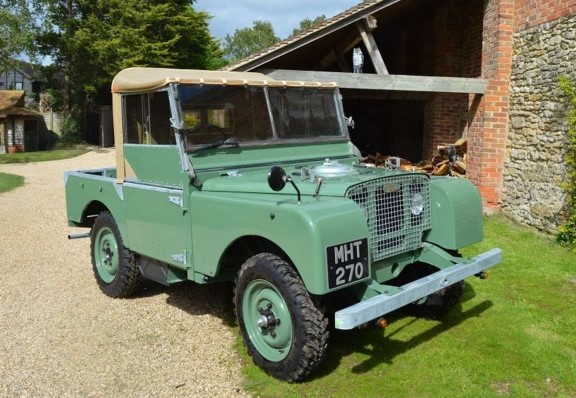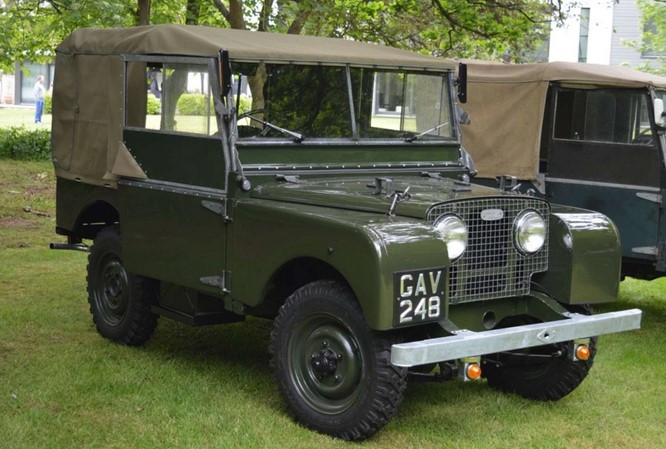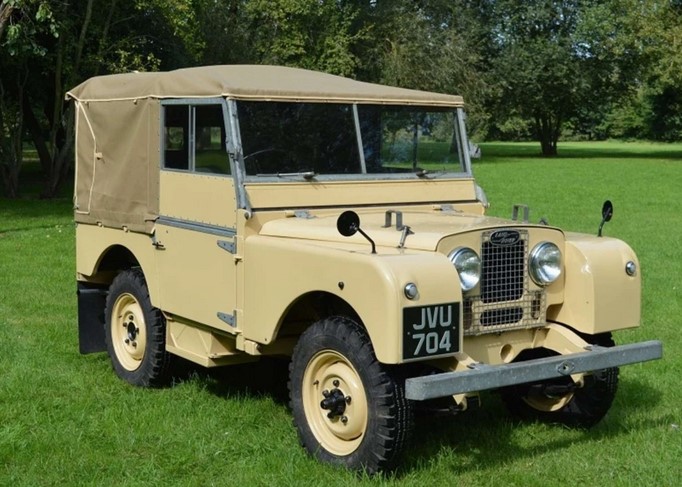Ah, FFS. First the Jag F-type, now this:
Rolls-Royce has finally taken the wraps off its first fully electric car as the sleek and silent Spectre goes on sale from today to super-rich customers who want to be greener.
The new Spectre – which has undergone thousands of miles of testing under a camouflage skin disguise – has a mighty 577 horsepower (430kW) with two electric motors – one driving each axle – propelling the near 3 tonne vehicle from 0 to 60mph in just 4.4 seconds and up to a top speed expected to be limited to 155mph.
But it also has a significant full-charge range of up to 320 miles – enough to drive from London to just north of Newcastle, with zero-emissions from the tailpipe…
Wait for it…
…although it will use plenty of energy potentially created with fossil fuels elsewhere to do that journey.
Okay, so let the Ultra-Rich Wokistas (e.g. David Fucking Beckham) and Watermelon politicos (like Nancy Bitch Pelosi) drive these stupid things, while the rest of us can be left alone to drive cars and trucks powered by internal combustion engines.
Although if there’s anything of which we can be absolutely certain, it’s that they won’t be satisfied until we’re all lumbered with fucking Duracell cars.

